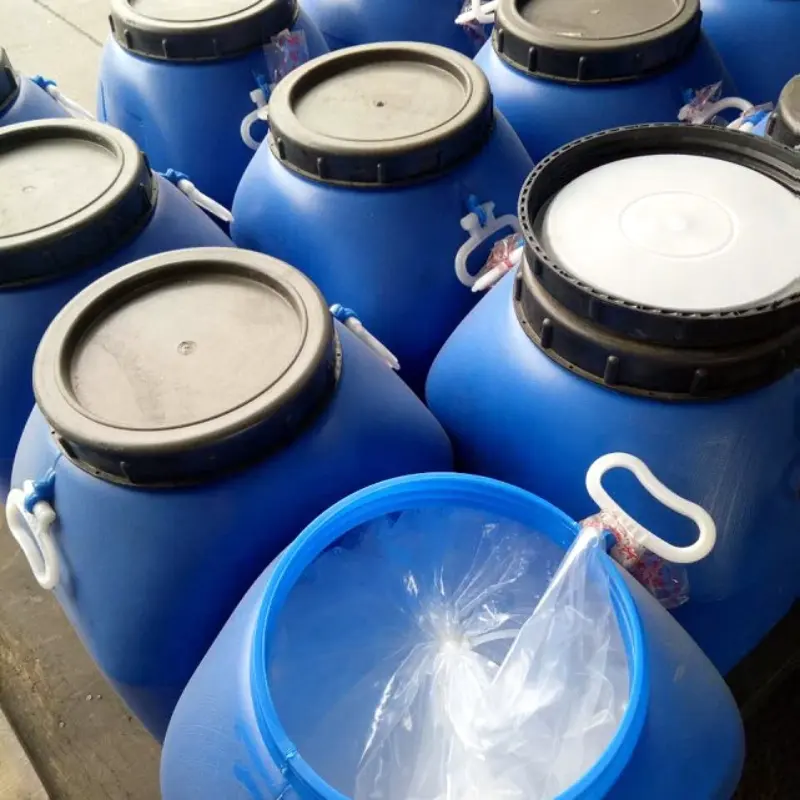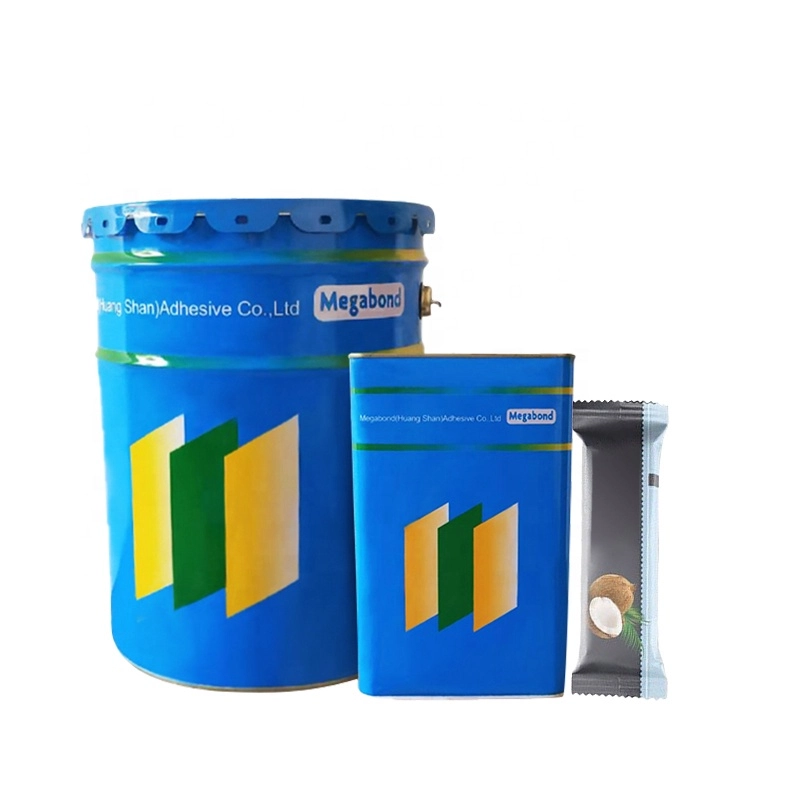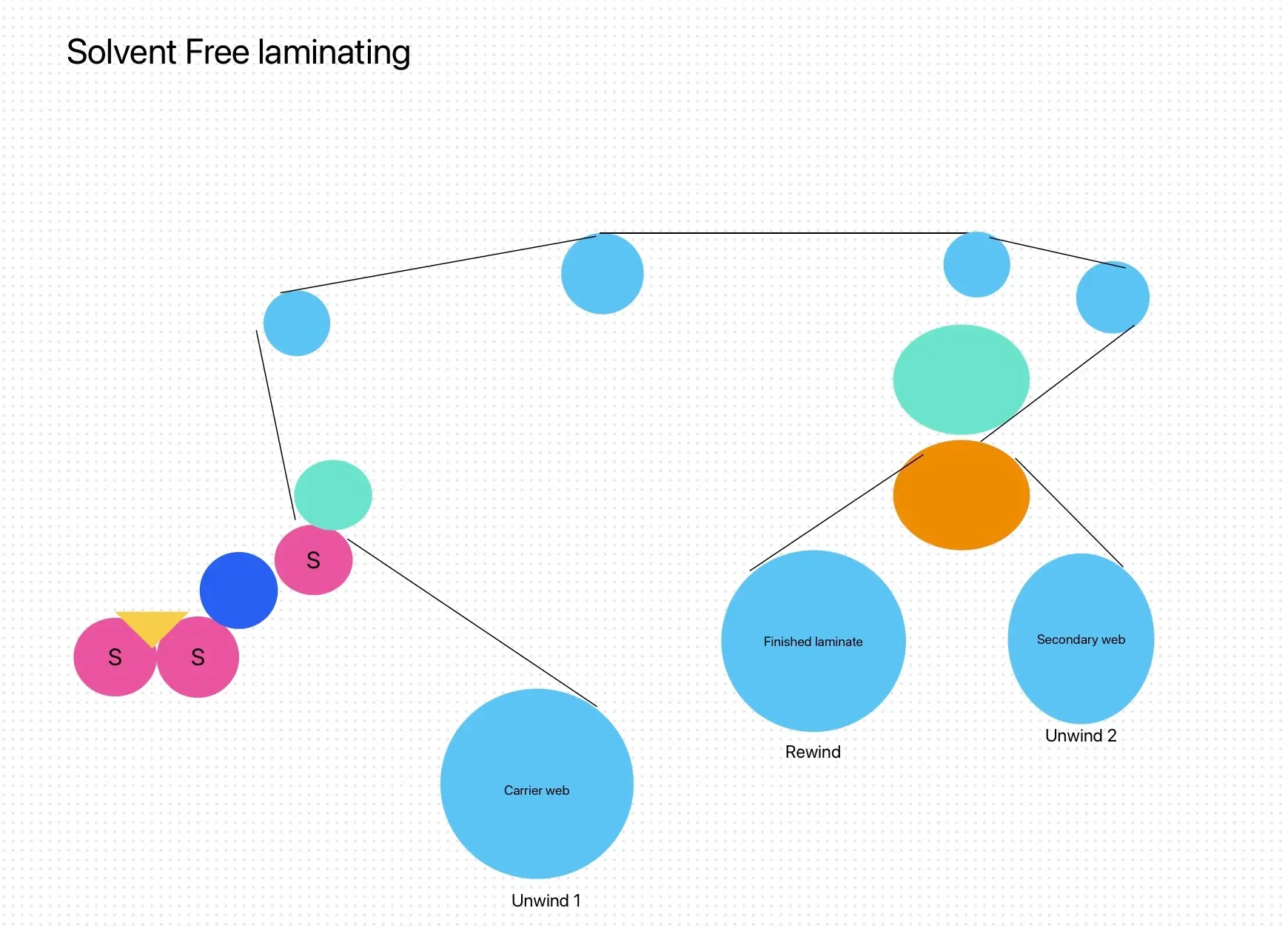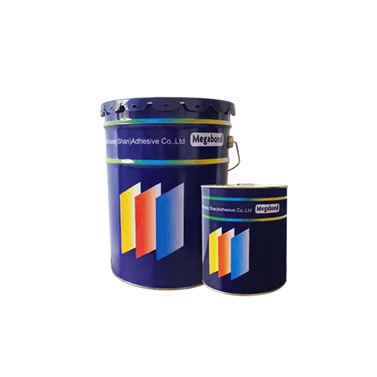Solvent-based polyurethane adhesives are essential tools in many industries, offering strong and durable bonding solutions. Known for their versatility, they are used in a wide range of applications, from automotive and construction to footwear and packaging. In this comprehensive guide, we’ll dive deep into the properties, advantages, and uses of solvent-based polyurethane adhesives and how to use them effectively for the best results.

What is Solvent-Based Polyurethane Adhesive?
Solvent-based polyurethane adhesives are powerful bonding agents that use a solvent as a carrier for the polyurethane resin. These adhesives are famous for their superior strength, flexibility, and resistance to environmental factors like heat, moisture, and UV exposure. The solvent ensures the adhesive remains fluid for easy application, while the polyurethane resin forms a durable bond once the solvent evaporates.
Key Properties of Solvent-Based Polyurethane Adhesives
- Exceptional Bonding Strength: Solvent-based polyurethane adhesives form high-strength bonds across a variety of materials, including metal, wood, rubber, plastics, and textiles.
- Durability: These adhesives can withstand extreme conditions, such as exposure to moisture, heat, UV radiation, and chemicals, making them perfect for long-lasting applications.
- Flexibility: Even after curing, the bond maintains flexibility, which is essential for applications where materials may expand or contract.
- Quick Setting Time: These adhesives are known for their fast curing time, allowing for rapid production cycles in industries like packaging and footwear.
- Impact Resistance: The toughness of polyurethane gives these adhesives excellent resistance to mechanical stress, making them ideal for products that endure wear and tear.
Advantages of Solvent-Based Polyurethane Adhesives
- High Initial Tack: These adhesives offer strong initial adhesion, reducing the need for prolonged clamping or pressure.
- Versatility: They bond a wide range of materials, such as metals, wood, rubber, textiles, and plastics. This makes them suitable for multiple industries.
- High Temperature and Moisture Resistance: Solvent-based polyurethane adhesives perform excellently under both high-temperature and moisture-laden conditions, making them perfect for outdoor and demanding environments.
- Long Shelf Life: The solvent-based formula ensures these adhesives maintain their effectiveness over a long period, reducing waste and offering excellent value for storage.
- Increased Bond Strength Over Time: As the adhesive cures, its bond strength improves, ensuring long-term reliability.
Common Applications of Solvent-Based Polyurethane Adhesives
Solvent-based polyurethane high-strength adhesives find applications across numerous sectors. Here are some of the most common industries and uses:
- Automotive Industry: Used for bonding upholstery, trims, and exterior parts, offering both strength and flexibility.
- Footwear Manufacturing: Ideal for bonding soles to shoe uppers, ensuring durability and long-lasting performance.
- Furniture Manufacturing: These adhesives are widely used to bond wood, leather, and synthetic materials in furniture production, ensuring durable and stable joints.
- Packaging: Solvent-based polyurethane adhesives are popular for creating strong, reliable seals on packaging materials, including boxes and cartons.
- Construction: These adhesives are used to bond insulation materials, flooring, and other construction elements, offering both water and heat resistance.
- Electronics: Solvent-based polyurethane adhesives also serve the electronics industry by securing components and ensuring the integrity of devices like phones and computers.
How to Apply Solvent-Based Polyurethane Adhesive
- Surface Preparation: Clean and prepare the surfaces to be bonded by removing dust, oils, or contaminants using a suitable cleaner or solvent.
- Application: Apply the adhesive evenly using a brush, roller, or spray system. Ensure a thin but uniform layer for optimal bonding.
- Position the Materials: After applying the adhesive, position the materials and apply moderate pressure to secure them in place.
- Curing: Allow the adhesive to cure based on the manufacturer’s guidelines. Avoid moving the materials during the curing process to ensure a strong, lasting bond.
Safety and Environmental Considerations
While solvent-based polyurethane adhesives provide excellent performance, they require careful handling due to the presence of solvents. Always use these adhesives in well-ventilated areas, and wear protective gear like gloves and goggles to minimize exposure to harmful chemicals. Many modern solvent-based adhesives are formulated to be safer, but always check the product’s safety data sheet.

Why Choose Solvent-Based Polyurethane Adhesives?
Solvent-based polyurethane adhesives are top-performing, versatile bonding agents used across a variety of industries. Their excellent bond strength, quick curing time, and ability to withstand tough conditions make them an ideal choice for high-performance applications.
Whether you’re working in the automotive, construction, or packaging industries, these adhesives provide a reliable and durable solution. By understanding their properties and following proper application guidelines, you can ensure a strong, lasting bond for your materials.




